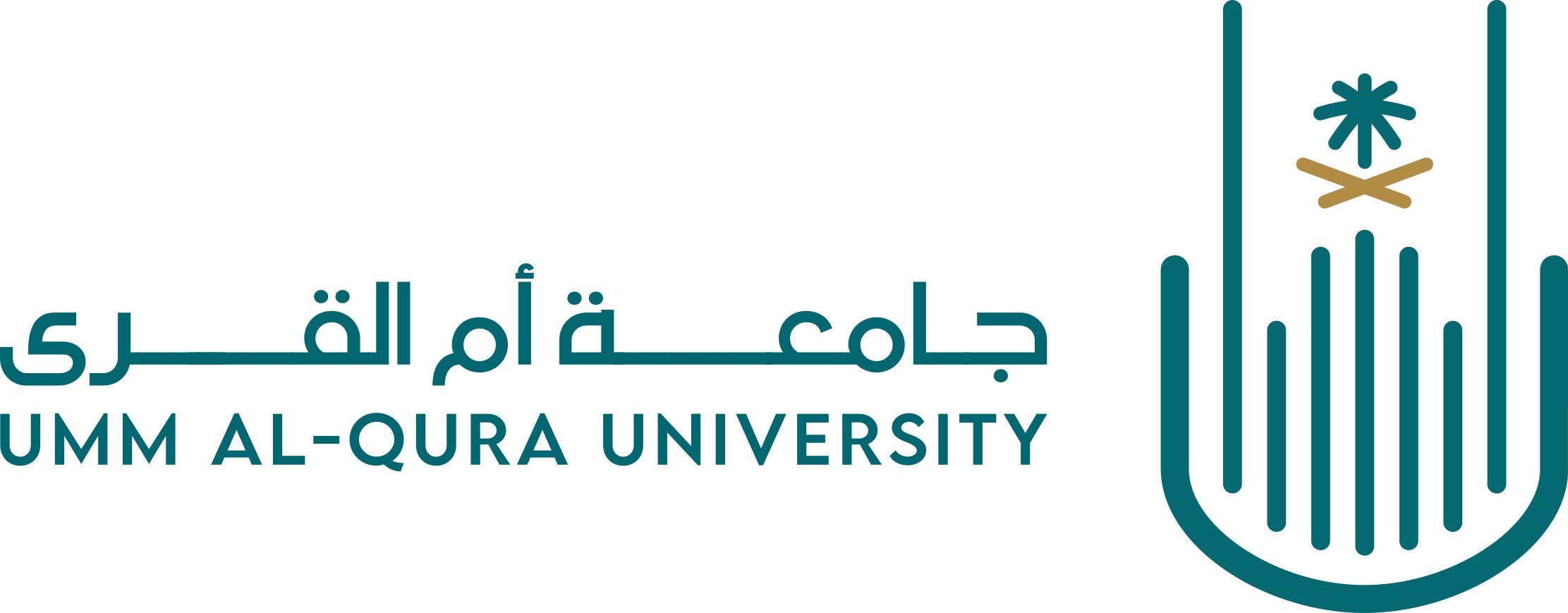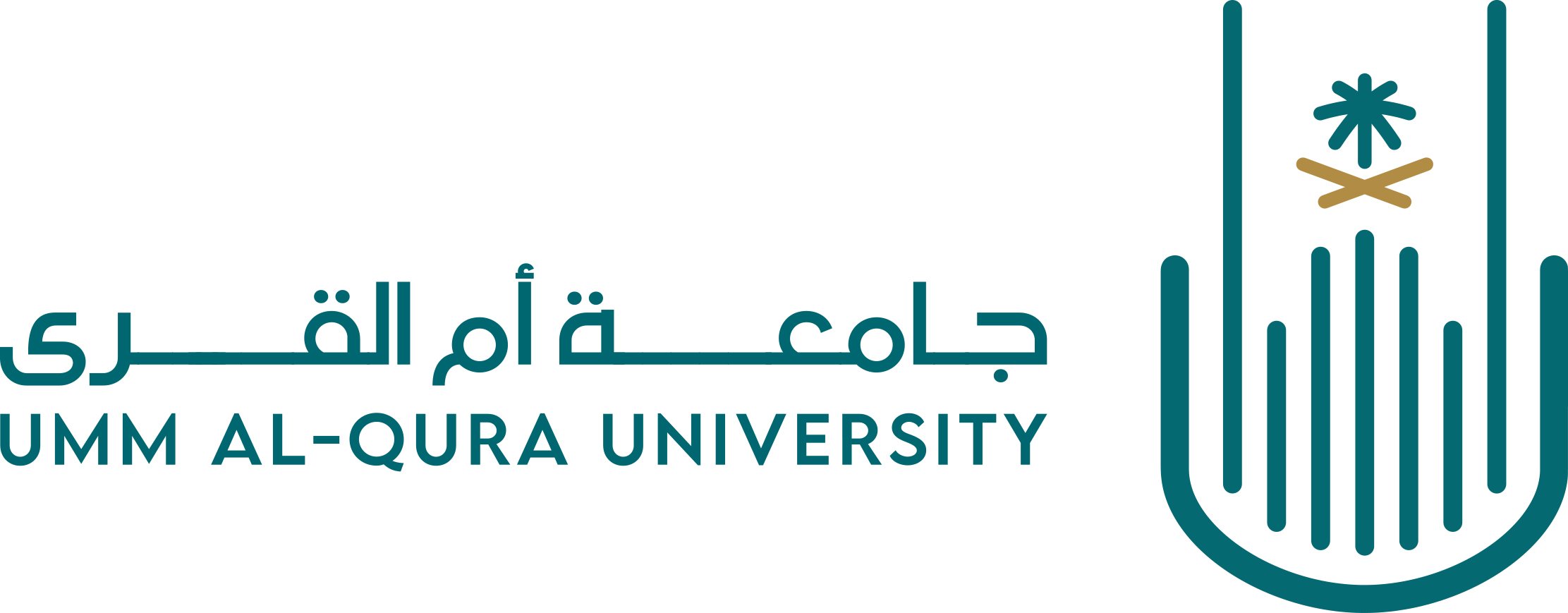- Communities& Collections
- Browse Items by:
- Issue Date
- Author
- Title
- Subject
نمذجة الأتربة العالقة في مكة المكرمة
Atmospheric particulate matters, especially those with smaller sizes such as PM10 are associated with numerous adverse health and environmental impacts. PM10 concentrations are high in Makkah and exceed air quality standards. High PM10 levels might pose threat to human health, therefore for effective management it is vital to model and investigate the effect of different factors on PM10 concentrations in Makkah. In this paper for the first time in Makkah a quantile regression model is developed using hourly PM10 concentrations (µg/m3) as dependent variable and several air pollutants and meteorological variables as independent variables for year 2012. Quantile regression model addresses the problem of non-normal distributions of air quality data, and non-linearity in the association of PM10 with the covariates. All covariates show significant effect at least at one or more quantiles, however, wind speed, carbon monoxide (CO), nitric oxide (NO) and previous day PM10 (lag_PM10) concentrations have significant effect at all quantiles and hence are considered the most important factors for controlling PM10 concentrations. Furthermore, CO has negative impact, whereas wind speed, NO and lag_PM10 have positive impact on PM10 concentrations. The strength and nature (positive or negative) of coefficients vary at different quantiles of the PM10 distribution. The performance of the model was assessed using several statistical metrics, including correlation coefficients (R, 0.82), factor of 2 (FACT2, 0.96), Root Mean Square Error (RMSE, 129), Normalised Mean Bias (NMB, 0.12) and Normalised Mean Gross Error (NMGE, 0.34). The values of these metrics and graphical presentations show that QRM performs better and explains significantly more variations in PM10 concentrations than the multiple linear regression model. This is the first study that uses a quantile regression approach for modelling PM10 levels in Makkah and probably elsewhere, and may help characterise and manage PM10 concentration in Makkah.
| Title: | نمذجة الأتربة العالقة في مكة المكرمة |
| Other Titles: | Modelling Particulate Matter in Makkah – A Quantile Regression Approach |
| Authors: | منير, سيد محمد حبيب الله, تركي محمد |
| Subjects :: | الأتربة والغبار مكة المكرمة تقنية المحاكاة |
| Issue Date :: | 23-April-2014 |
| Publisher :: | معهد خادم الحرمين الشريفين لأبحاث الحج والعمرة - جامعة أم القرى |
| Series/Report no.: | أبحاث الملتقى العلمي 14;9 |
| Abstract: | Atmospheric particulate matters, especially those with smaller sizes such as PM10 are associated with numerous adverse health and environmental impacts. PM10 concentrations are high in Makkah and exceed air quality standards. High PM10 levels might pose threat to human health, therefore for effective management it is vital to model and investigate the effect of different factors on PM10 concentrations in Makkah. In this paper for the first time in Makkah a quantile regression model is developed using hourly PM10 concentrations (µg/m3) as dependent variable and several air pollutants and meteorological variables as independent variables for year 2012. Quantile regression model addresses the problem of non-normal distributions of air quality data, and non-linearity in the association of PM10 with the covariates. All covariates show significant effect at least at one or more quantiles, however, wind speed, carbon monoxide (CO), nitric oxide (NO) and previous day PM10 (lag_PM10) concentrations have significant effect at all quantiles and hence are considered the most important factors for controlling PM10 concentrations. Furthermore, CO has negative impact, whereas wind speed, NO and lag_PM10 have positive impact on PM10 concentrations. The strength and nature (positive or negative) of coefficients vary at different quantiles of the PM10 distribution. The performance of the model was assessed using several statistical metrics, including correlation coefficients (R, 0.82), factor of 2 (FACT2, 0.96), Root Mean Square Error (RMSE, 129), Normalised Mean Bias (NMB, 0.12) and Normalised Mean Gross Error (NMGE, 0.34). The values of these metrics and graphical presentations show that QRM performs better and explains significantly more variations in PM10 concentrations than the multiple linear regression model. This is the first study that uses a quantile regression approach for modelling PM10 levels in Makkah and probably elsewhere, and may help characterise and manage PM10 concentration in Makkah. |
| Description :: | Recommendations: 1-QRM analyses the whole PM10 distribution and outperforms MLRM and is therefore preferred over the traditional linear approach; 2-Multiple linear regression model fails to capture variations in PM10 concentrations and is not recommended for modelling PM10 in Makkah; 3-No air pollutant emission sources (e.g. road traffic) data were available, which could further improve the performance of the model. Further work is required to quantify the emission of PM10 from various sources and analyze their impact on observed concentrations; 4- In addition to statistical models, dispersion model should be run to characterize different air pollutants and prepare an effective air quality management plan in Makkah. |
| URI: | http://dorar.uqu.edu.sa//uquui/handle/20.500.12248/131568 |
| Appears in Collections : | 2-المحور الثاني البحوث البيئية والصحية |
| File | Description | Size | Format | |
|---|---|---|---|---|
| السجل العلمي لأبحاث الملتقى 14-473-494.pdf | بحث - نمذجة الأتربة | 713.25 kB | Adobe PDF |  View/Open |
| Modelling particulate matter in Makkah.docx | البحث بصيغة وورد | 248.23 kB | Microsoft Word XML | View/Open |
Items in D-Library are protected by copyright, with all rights reserved, unless otherwise indicated.



Comments (0)